
- About Us
- |
- Contact us
- |
- Term & Conditions
- |
- Travel News
- |
- Faqs
- |
- Sitemap
Best of Laos Vietnam and Cambodia
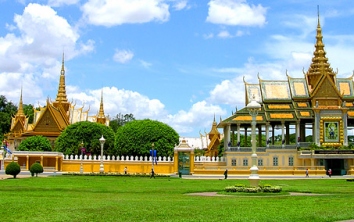
17 days / 16 nights
US $1.349
-
Brief itinerary
day 1: Vientiane Arrival day 2: Vientiane day 3: Vientiane - Luang Prabang day 4: Luang Prabang day 5: Luang Prabang-Hanoi day 6: Hanoi day 7: Halong Bay day 8: Halong Bay-Hanoi day 9: Hue day 10: Hoi An day 11: Hoi An-Da Nang day 12: Cu Chi Tunnels-Cao Dai Temple day 13: Saigon day 14: Siem Reap day 15: Siem Reap-Phnom Penh day 16: Phnom Penh day 17: Phnom Penh- Departure -
day 1: Vientiane Arrival
Depending on your arrival time, we will arrange tour activities that are most suitable. Once you have checked in, a short introductory meeting will take place to welcome you, and inform of useful itinerary, advice, preparations etc. Overnight in Vientiane.
day 2: Vientiane
Laos is well known for a slow pace of life, and the PDR is often referred to as Please Don’t Rush. Today we have the chance to explore the capital city of this beautiful country. We first visit Wat Sisaket Temple, the oldest one that survived from the Siamese war of 1828. It has more than 8000 Buddha statues inside. We then go to another Temple of Wat Ho Prakeo, the former home-temple of the Emerald Buddha statue or Pra Keo. This temple contains a collection of Buddha statues, antiques and all artifacts found in around Vientiane. We then get to That Luang Stupa, Symbol of Lao nation the single most important monument in Laos, which was built to cover the original small stupa containing a piece of the chest bone of Buddha. After lunch we continue our journey to Patouxay (Arch de Triumph), built recently in commemoration of those who died during the wars in the past and it is today as the land-mark of Vientiane. Other sites include Buddha Park, Friendship Bridge and a weaving village of Ban Nong Bouathong. Overnight in Vientiane.
day 3: Vientiane - Luang Prabang
Enjoy your breakfast and watch sunrise over the Mekong River. We then head to the airport for a short flight to Luang Prabang, the UNESCO World Heritage which is set amongst forested mountains and dotted with golden temples that are home to saffron robed monks. Luang Prabang is an outstanding example of the fusion of traditional architecture and Lao urban structures with those built by the European colonial authorities in the 19th and 20th centuries. Its unique, remarkably well-preserved townscape illustrates a key stage in the blending of these two distinct cultural traditions. After lunch we have a half day tour of the town.
day 4: Luang Prabang
Today we enjoy a boat cruise on the Mekong River to the holy caves of Pak Ou. The Pak-Ou caves reside where the Ou River and the Mekong merge, under a limestone cliff. These caves were originally used for the worship of the river spirit until Buddhism spread into Laos from India. The trip begins zigzagging down the river, leaving winding trails in the milky brown water. Once inside, one realizes the spiritual nature of these caves. Thus over 60 decades, more than 4,000 Buddha images – mostly the standing Buddha of the Luang Prabang style - were placed within the caves by believers. In the afternoon we visit the beautiful Kuang Si Waterfalls. You will be well and truly relaxed after spending time in Luang Prabang.
day 5: Luang Prabang-Hanoi
Your flight lands in Noi Bai international airport, 30 kms from Hanoi city centre. Our car will pick you up and transfer to a three star hotel in the Old Quarter. In the afternoon we have a half day tour to explore Hanoi’s charm and elegance. In the evening, we enjoy Water Puppet show.
day 6: Hanoi
We drive to Ho Chi Minh complex, spend a couple of hours to visit Ho Chi Minh mausoleum, stilt-house residence, the Presidential Palace and Ho Chi Minh museum. We walk to the One Pillar Pagoda, the iconic Buddhist temple of Vietnam. We continue to the Temple of Literature originally built as a temple of Confucius. This is the site of the Vietnam first university dating back to 1070. The Temple highlights the importance of education. In the afternoon, we visit the Museum of ethnology, the most interesting museum in Vietnam, showing the diverse cultures of 54 ethnic groups in the country.
day 7: Halong Bay
Halong Bay is known as a majestic and mysterious natural wonder. Imagine that around 3000 or more incredible islands rising from the emerald waters of the Gulf of Tonkin creating a breathtaking beauty. It is a pure art, a priceless collection of unfinished sculptures given by the nature. We take a four hour drive to Halong Bay before boarding on our cruise boat. We will cruise through remarkable limestone formations of Halong Bay. We have the opportunities to enjoy a swim, visits to stunningly beautiful grottos and do some kayaking. Overnight on the cruise boat will be a memorable experience for your group.
day 8: Halong Bay-Hanoi
In the morning, enjoy some guided Tai Chi exercise on the sundeck. We continue sightseeing and cruising around Halong Bay, before turning to the harbor and driving back to Hanoi. Take your own time to discover Hanoi by night in the Old Quarter. Take a quick bite and board the night Reunification Express train to Hue. Enjoy Vietnam by night along the railway including city and rural life. Remember to buy some extra fruits and drinks to the train.
day 9: Hue
Get off the train in the early morning to start discovering the former capital city of Hue, a World Heritage site, well-known for its imperial city, relics, and emperor tombs. We start with the imperial city where the last 13 Vietnamese emperors lived and reined the country: Ngo Mon gate, the Forbidden Purple Palace, The Mieu Temple. We pass by rice field and beautiful green hills to reach the tomb of Khai Dinh emperor. A magnificent place that buried the king is seen as a symbol of glory luxury lifestyle. Take a walk along the Perfume River to reveal a special character of Hue people, something contrasting to Saigon and Hanoi in social conversations and traditions.
day 10: Hoi An
After breakfast, we take a three hour drive to another World Heritage site, Hoi An ancient city. Along the way our car passes by stunning coastal scenery and Lang Co beach, a new tourist destination of the central region. We continue driving through Da Nang city, a booming real estate market and a trading port. We reach the ancient and historic town of Hoi An which was for three centuries one of the most important ports in Central Vietnam, visited by sailing ships from all over the world seeking trade in silk, ceramics, spice etc. In the afternoon we visit Japanese covered bridge, Tan Ky Old hose, Phuc Kien Pagoda, Cham Museum and Chinese Assembly Hall. Then get back for a great swim in Cua Dai beach. The beach is clean, shallow and often calm. Enjoy seafood and local delicacies by the beach or in a restaurant. In the evening we explore this ancient city on foot or on rickshaw.
day 11: Hoi An-Da Nang
Enjoy its unique architecture, lifestyle, markets, ancient houses which have been preserved for years. Extra activities for further consideration include Scuba diving/snorkeling in Cham Island; bike tour to the adjacent Marble Mountain, half day trip to the ancient ruins at My Son (kingdom of Champa), or just relax on one of the best beaches on earth, the My Khe (China Beach). In the afternoon we transfer to Da Nang for a short flight to Ho Chi Minh City.
day 12: Cu Chi Tunnels-Cao Dai Temple
We visit Cao Dai temple, a monastic religion that was formally established in Vietnam in 1926. The temple is the head quarter of Caodaism. It is a combination of different religions and beliefs such as Buddhism, Confucianism, Taoism, Vietnamese spiritualism, Christianity, and Islam. We then head to Cu Chi tunnels. Situated 60 km from Ho Chi Minh City, Cu Chi is now described as a heroic district for its important role in Vietnam War. Cu Chi is famous for its tunnel system of over 220 km and is a popular tourism destination for both domestic and international travelers. The network of the tunnels includes numerous trap doors, command centers, living areas, weapons factories, hospital area, and kitchens.
day 13: Saigon
We start our city tour by visiting the War Remnants Museum to discover one chapter of the city, then head to Reunification Palace close by. Take a walk around Ben Thanh Market, Notre Dame Cathedral and the central Post Office. The afternoon is free for independent sightseeing, enjoying some coffee and ice cream, or shopping along the streets of central business districts. Take a good rest before a flight to Siem Reap.
day 14: Siem Reap
Today we will visit Cambodia’s key tourist attraction the Angkor Archaeological Park, just 6 kms away to the North of Siem Reap. Stretching over some 400 square kilometers, including forested area, the Park contains the magnificent remains of several capitals of the Khmer Empire of the 9th to the 15th centuries. The most famous are the Temple of Angkor Wat and the Bayon Temple at Angkor Thom with its countless sculptural decorations. Our tour covers the famous Bayon Temple, Phimeanakas Temple within the Royal Palace enclosure, Baphuon Temple, the Terrace of the Elephants and the Terrace of the Leper King. Overnight in Siem Reap.
day 15: Siem Reap-Phnom Penh
In the morning, we continue to explore other temples and sites at the Park including temples of Thommanon, Takeo, one of Angkor's great mountains temple, Ta Prohm who become part of the jungle, Banteay Kdei with attractive carvings, Srah Srang, Prasat Kravan unique brick sculptures. Take a good rest before your flight to Phnom Penh. We may have time to visit the National Museum, a Khmer red pavilion, which is dedicated to Khmer art and sculpture. The majority are from the Angkor period (9th to 15th century), and some from the 4th century. A dark period in the country’s history is depicted at the Tuol Sleng Genocide Museum.
day 16: Phnom Penh
We plan for a visit to key attractions in the capital which sits by the Mekong and the Tonle Sap Lake. Most of the impressions will be the French colonial influence amidst the strong Khmer cultural values. We will visit Wat Phnom Temple, the Silver Pagoda, one of the richest shrines in the world. The floor is made of 5.000 silver tiles. In the afternoon day, we head to the Royal Palace, a magnificent example of Khmer architecture, which was built in 1866. We will see the Throne Hall and the Napoleon III Pavilion.
day 17: Phnom Penh- Departure
Spend the morning at leisure before you are transferred to the airport for your onward flight.
-
-
Review for this tour :



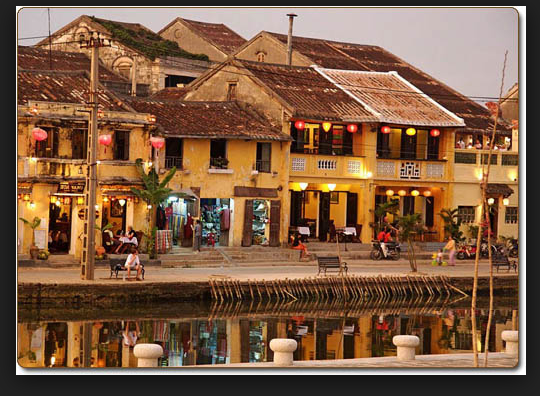
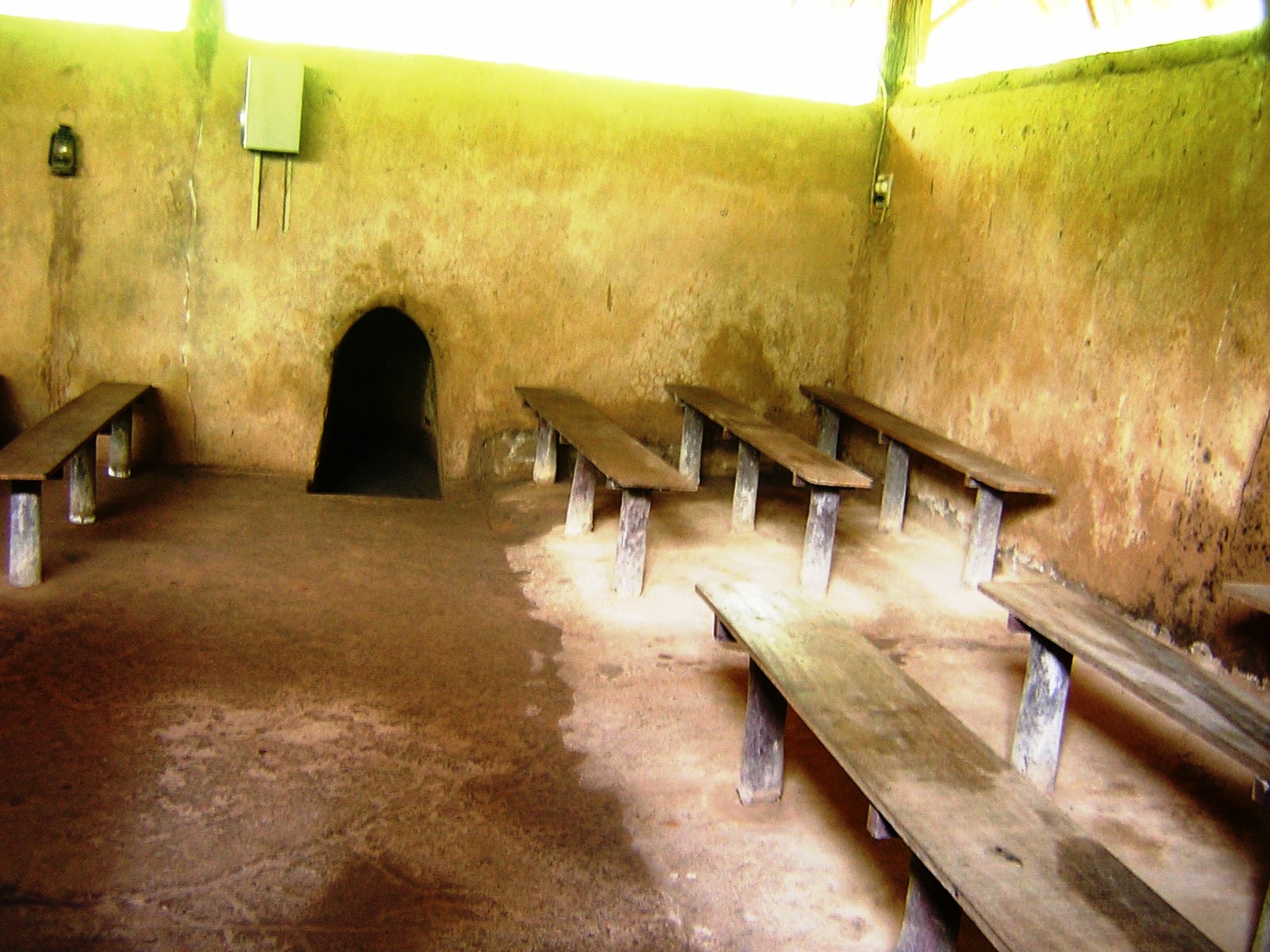
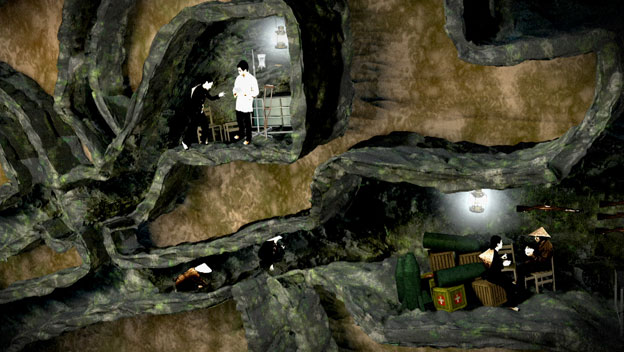
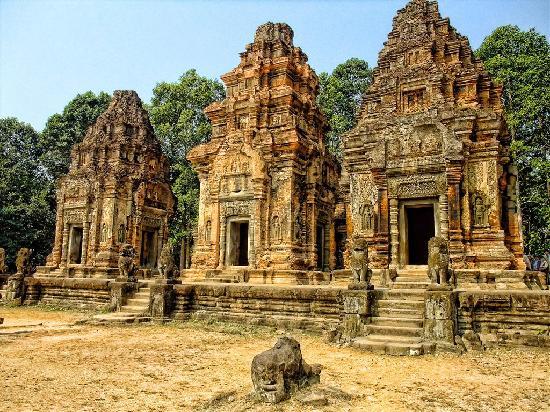
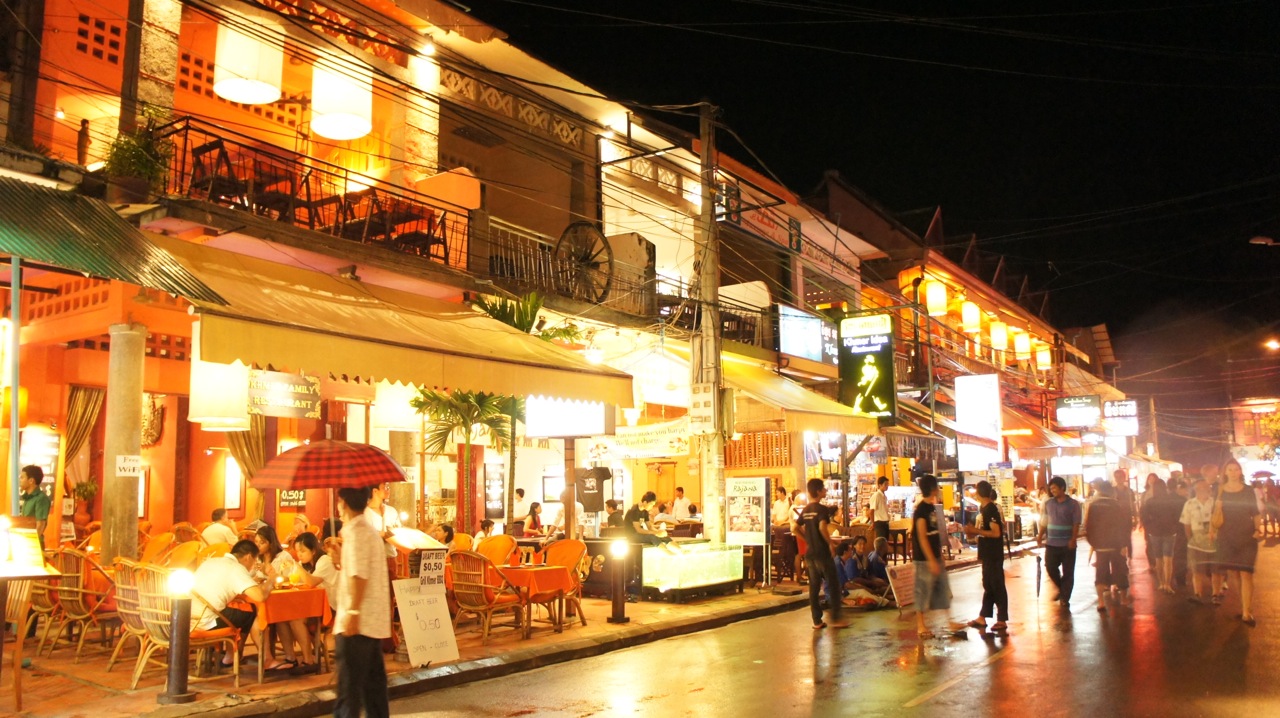
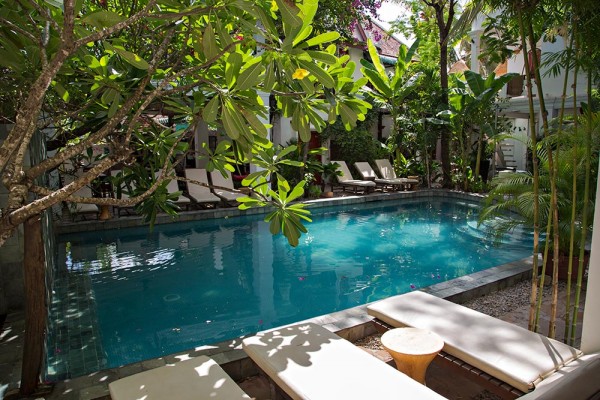
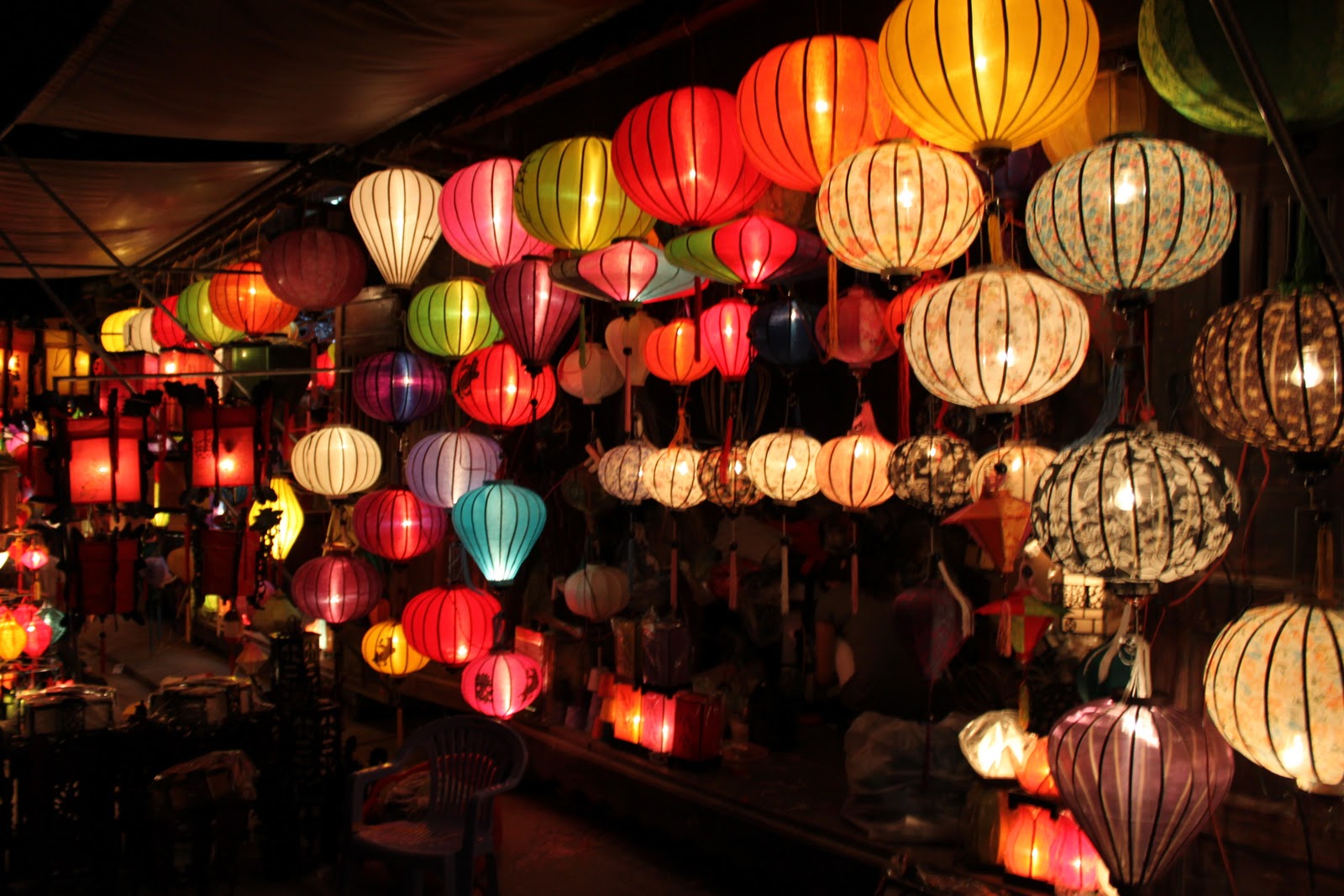
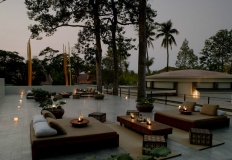
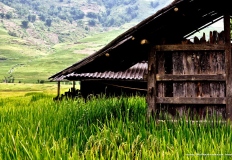
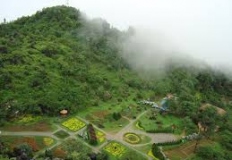
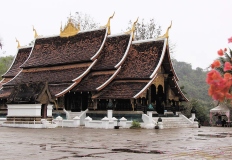
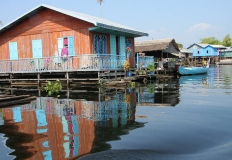
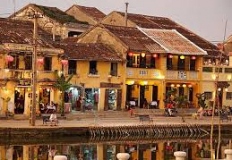








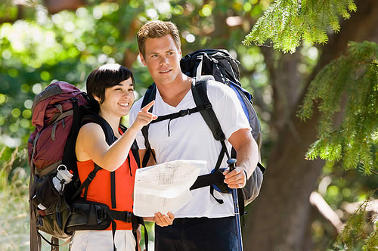
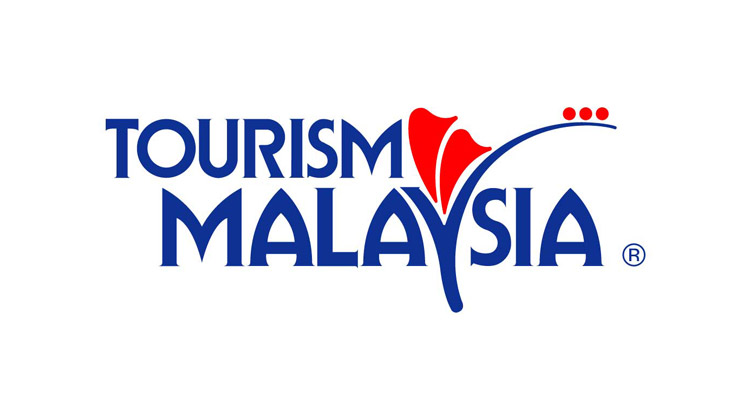

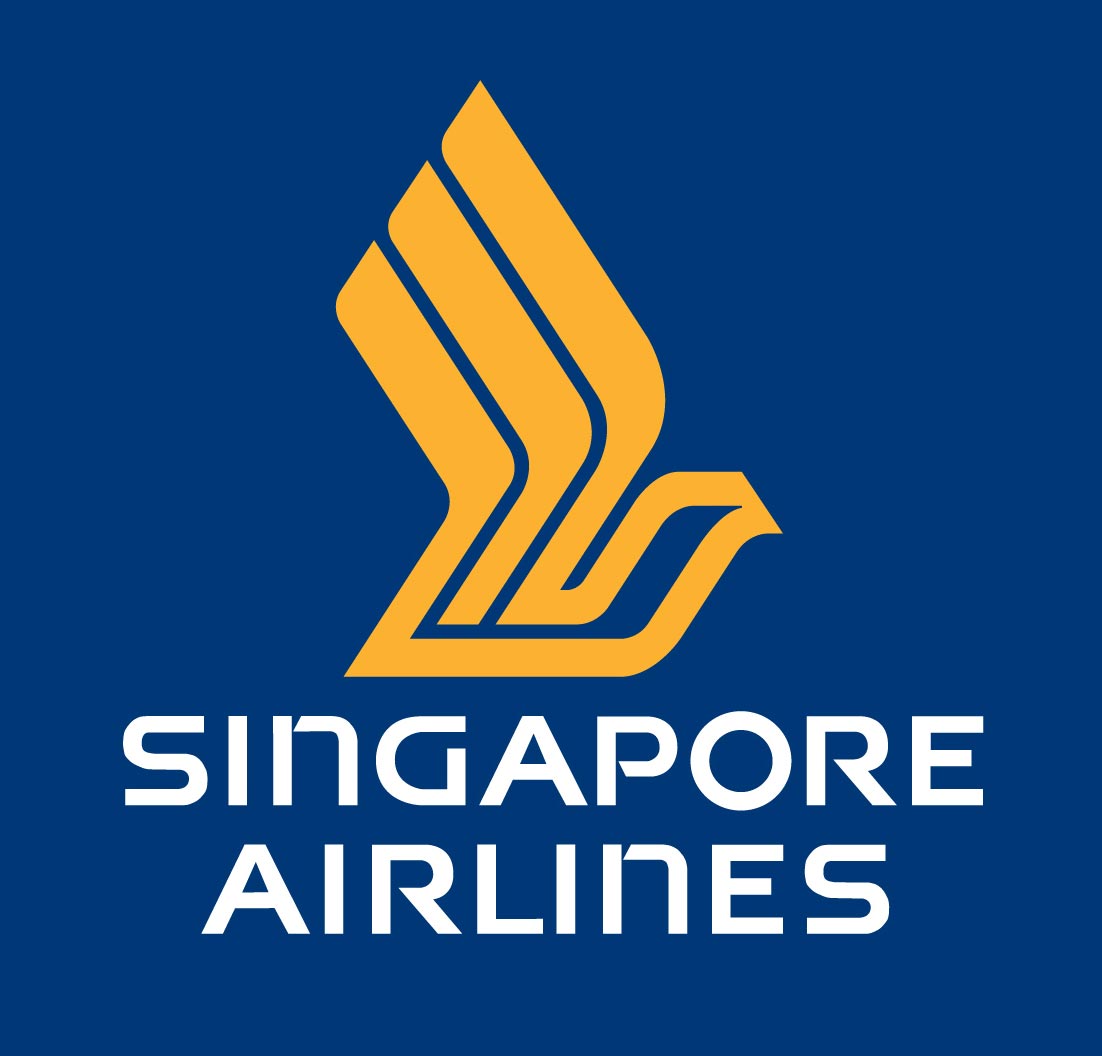
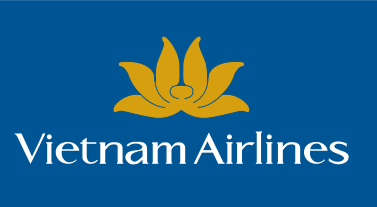

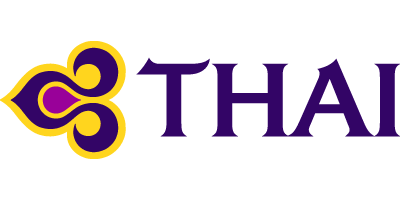
.png)
